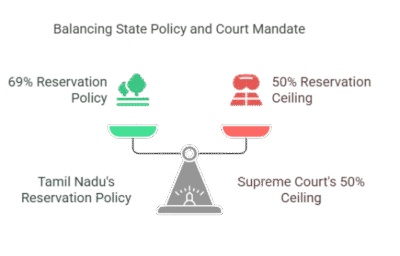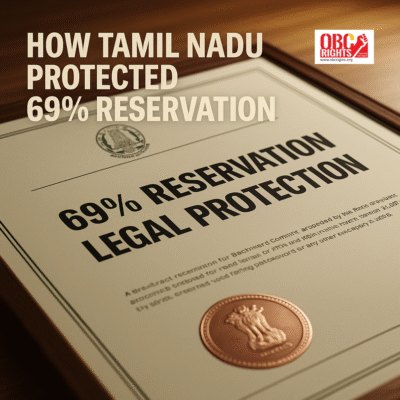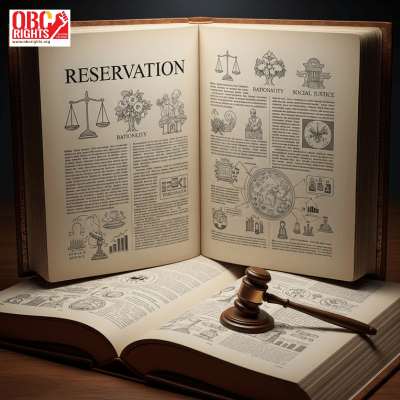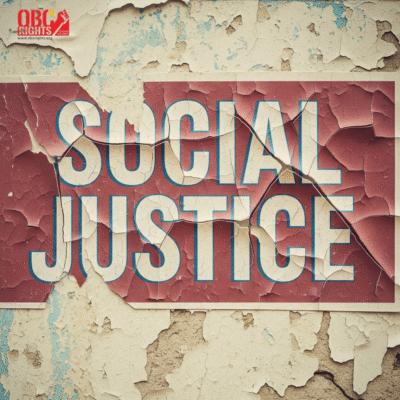Tamil Nadu is the only Indian state where the reservation percentage exceeds the 50% ceiling set by the Supreme Court. Currently, the state implements a 69% reservation policy in both the education and public sector employment. But how did this stand legally, despite the Indra Sawhney vs. Union of India (1992) judgment setting a cap at 50%?
The Legal Challenge and the Response
After the Supreme Court’s 1992 verdict, petitioners filed multiple writ petitions in the highest court challenging the 69% reservation in Tamil Nadu. These legal threats prompted former Chief Minister Ms. J. Jayalalithaa to act swiftly.
To protect the state’s unique reservation policy, the Tamil Nadu government passed the:
- The Tamil Nadu Act for Reservation of Seats in Educational Institutions and Appointments or Posts in State Services for Backward Classes, Scheduled Castes, and Scheduled Tribes, 1994 (Act No. 45 of 1994).
- To ensure that no one could challenge this Act in court, the lawmakers placed it under the Ninth Schedule of the Constitution. This move granted immunity from judicial review under Article 31-C, thereby protecting it from strikes under Article 14 (Right to Equality) and Article 19 (Freedom of Speech and Expression).
The President of India gave his assent, effectively providing legal backing to Tamil Nadu’s 69% reservation.

Social Agitations and Political Response
Social unrest also shaped the path to 69% reservation. In 1989, the Vanniyar Sangam, a powerful community organization, led massive and violent agitations in the northern districts of Tamil Nadu, demanding greater reservation.
In response, the DMK government, which assumed power in 1989, initiated discussions with the Vanniyar Sangam and other stakeholders. The Vertical split in the existing 50% reservation for Backward Classes resulted.
- 30% for Backward Classes (BC)
- 20% for Most Backward Classes (MBC)
This division was formalized through G.O. Ms No. 242 dated 28.03.1989, based on the recommendations of the Amba Shankar Commission, whose report was previously considered and termed as a “minority report”, this G.O. Nos:1564 of 1985 and G.O. No 1565 of 1985.
Further Sub-categorization: Muslims in the OBC Quota
In 2007, the Tamil Nadu government made another notable inclusion. The authorities introduced a sub-category for Muslims within the 30% BC quota, granting 3.5% exclusive reservation to Muslims.
This move was later formalized through Act No. 51 of 2008, and came into effect from September 2007. Over time, the state has continued to add new communities to the BC and MBC lists to reflect evolving social realities.
Conclusion
Tamil Nadu’s 69% reservation structure is not just a statistical Exception; it is a result of decades of political negotiation, legal foresight, community mobilization, and constitutional strategy. The placement of the 1994 Reservation Act in the Ninth Schedule, and insulated with Article 31-C with the consent of the President of India, ensured that social justice remained insulated from judicial reversal in the state.
Tamil Nadu’s blend of legal safeguards and political action has shaped a reservation model, which national debate and discussion continue to focus on.



